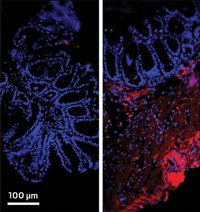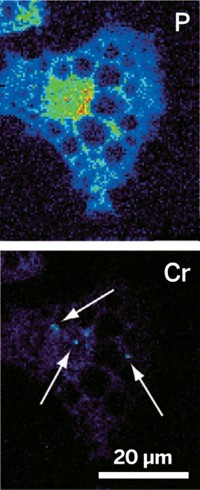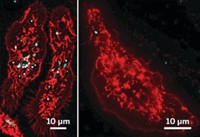Advertisement
Grab your lab coat. Let's get started
Welcome!
Welcome!
Create an account below to get 6 C&EN articles per month, receive newsletters and more - all free.
It seems this is your first time logging in online. Please enter the following information to continue.
As an ACS member you automatically get access to this site. All we need is few more details to create your reading experience.
Not you? Sign in with a different account.
Not you? Sign in with a different account.
ERROR 1
ERROR 1
ERROR 2
ERROR 2
ERROR 2
ERROR 2
ERROR 2
Password and Confirm password must match.
If you have an ACS member number, please enter it here so we can link this account to your membership. (optional)
ERROR 2
ACS values your privacy. By submitting your information, you are gaining access to C&EN and subscribing to our weekly newsletter. We use the information you provide to make your reading experience better, and we will never sell your data to third party members.
Biological Chemistry
Bacteria Trigger Blood Coagulation
Under the right conditions, bacteria can cause blood coagulation during infections, rather than the body???s immune response as believed
by Celia Henry Arnaud
November 10, 2008
| A version of this story appeared in
Volume 86, Issue 45
Bacterial infections in blood are often accompanied by blood coagulation, but this phenomenon has been believed to result from immune and inflammatory responses. Rustem F. Ismagilov of the University of Chicago and coworkers now show that the bacteria themselves can trigger coagulation under the right circumstances (Nat. Chem. Biol., DOI: 10.1038/nchembio.124). The researchers found that activation of blood coagulation depends on the clustering of bacterial cells rather than on the total amount of bacteria present. For example, coagulation occurs quickly when bacteria are bunched but not at all when they are widely dispersed. When triggering coagulation, the bacteria bypassed the normal initiation points of coagulation pathways, which involve coagulation factors VII and XII, and instead directly activated prothrombin (factor II) and factor X. In the case of Bacillus anthracis, the researchers found that this coagulation pathway requires the zinc metalloprotease InhA1. Ismagilov and coworkers refer to the mechanism used by the bacteria as "quorum acting" because it involves secreting a molecule that exerts an effect on the environment only after the bacteria reach a sufficient local density.





Join the conversation
Contact the reporter
Submit a Letter to the Editor for publication
Engage with us on Twitter